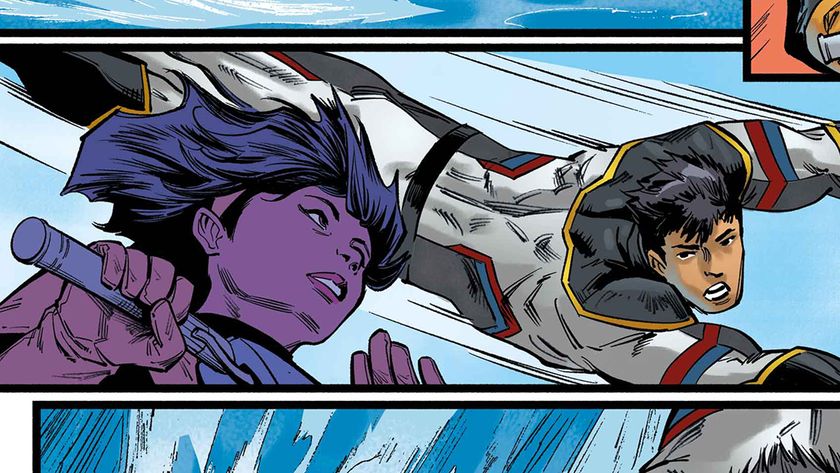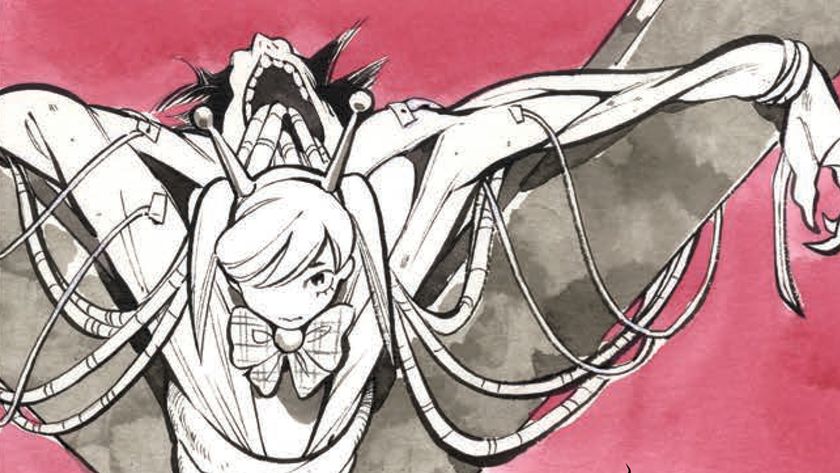Best Batwoman stories of all time
Na na na na na na na na na.... Batwoman!

Kate Kane is a relatively new addition to the DC universe, at least compared to her much longer-tenured cousin Bruce. But in that short time, she's carved out quite a place for herself - and even expanded to lead her own live-action series over at the CW.
Batwoman (a.k.a. Kate Kane) was introduced as a solo hero of Gotham City. While she took the iconography of her cousin Batman, she was careful to establish her own place (and style) for being a hero - even if it meant fighting her sister, and later her father.
But if you're here, you're likely looking for more of the comic book adventures Gotham's crimson-haired crimefighter - and we've got you covered with Batwoman's best comic book stories.
The Fall of the House of Kane/Time of Your Life
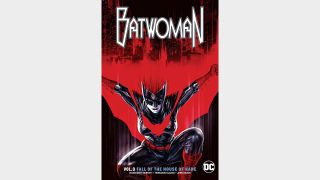
'The Fall of the House of Kane' is the final word (for now) on Kate's relationship with her sister Beth as writer Marguerite Bennet wraps up a storyline that she began in the first issue of her run.
Themes about family are even more present thanks to the appearance of Batman, though his role is difficult to fully parse without understanding some of the events of other stories on this list.
Admittedly, this is by no means a great place to start with Kate Kane, but the end of Bennett's run with the character as well as the end of her second series stands as a sort of thesis statement for Batwoman.
'Time of Your Life' allows Bennett to throw a change-up in its final pages that leaves Kate in a great place for the next writer. As the quick two-part story featuring Kate and Renee Montoya come to a close, Bennett soliloquizes "...and so every day, in defiance and in gratitude, I ask this - in the time of your life...do not forget to live. There is so much, still, to be done. There is so much, still, to look forward to."
Comic deals, prizes and latest news
Get the best comic news, insights, opinions, analysis and more!
52
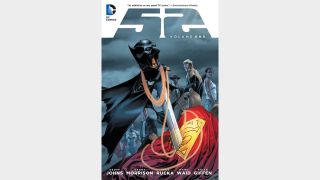
This might be a little bit of a cheat, but Kate Kane's origins lie within the pages of 52, DC's 2006 weekly event that for better or worse started a trend.
Kate makes her debut in issue seven of the series - revealed to be the former love interest of the GCPD's Renee Montoya. Kate wound up teaming up with her ex and the Question as they investigate the Intergang. Kate and Renee would remain intertwined for the duration of the series as they discovered more about the Book of Crime.
Her involvement in the overall plot of 52 is spotty, but if you're looking for her first appearance, here it is.
This Blood Is Thick
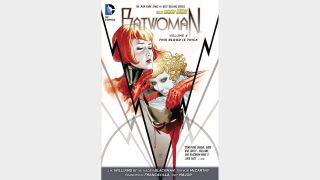
'This Blood is Thick' marks the end of J.H. Williams III and W. Haden Blackman's run with Kate Kane and it's a bit bittersweet.
While the arc does feature a showdown with the Dark Knight himself, the creative team departed the title before properly wrapping up the story as intended.
Despite the lack of a true ending, 'This Blood Is Thick' is a great cap to this run. The writers had really built out Kate's supporting cast at this point and while she might not always be open to teamwork, her friends and family won't let her be Batwoman without their help.
It's a rare parallel to Batman that puts her on a similar level as the Caped Crusader and shows how she inspires others. Plus Trevor McCarthy's art is not to be missed; he's a very worthy successor to J.H. Williams III.
Blackest Knight
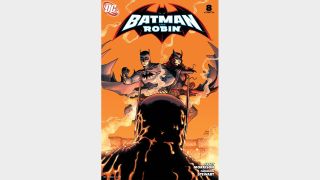
While a lot of Bat stories feature a ton of brooding and darkness regardless of gender, 'Blackest Knight' is just a lot of fun. It's got cults, Lazarus Pits, and the British Batman & Robin known as Knight & Squire.
Grant Morrison and Cameron Stewart aren't doing world-changing work that redefines the characters, but for fans just looking for a good caper, this one is hard to beat. Kate gets kidnapped by cultists, sealed in a coffin, taken to the last Lazarus Pit and chaos ensues - including but not limited to a fight with crazed clone version of Bruce Wayne.
Fall of the Batmen
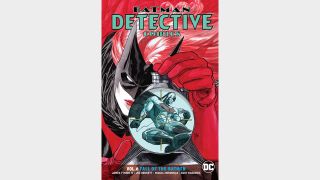
As this run of Detective Comics worked as more of a Batfamily team book, 'Fall of the Batmen' has Kate take a little bit of a backseat to most of the melodrama.
But James IV Tynion builds the arc effectively, making it clear that Kate Kane is not and never could be Batman, based on the decisions that she makes here. And that's the mark of a really good Batwoman story.
It might seem like a copout to have her play the 'former military brat who refuses to fall in line,' but it's a role she fits quite well considering how the rest of the Batfamily generally bends to Bruce's will.
Cutter
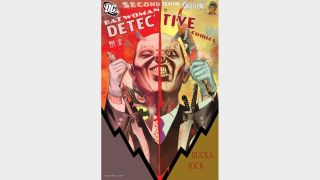
'Cutter,' Greg Rucka's follow-up to the arc that defined Kate Kane (more on that later) is a bit more of a straightforward superhero story for the crimefighter. But it would establish Bette Kane as a more meaningful part of Kate's supporting cast.
Superstar artist Jock joins Rucka for this story and while his style is wildly different from J.H. Williams III, he definitely takes some cues from him. There are some more nontraditional layouts than we usually get from the artist, and he really brings out just how iconic Batwoman's costume is.
The Many Arms of Death
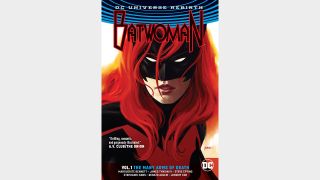
Marguerite Bennett is no stranger to Batwoman, having written the character over in DC Comics Bombshells for the better part of two years. But spinning out of Rebirth and the character's appearance in Detective Comics, with 'The Many Arms of Death' Bennett was able to set Kate Kane a different path, exploring her 'lost year' via flashbacks while investigating a drug ring in the present.
Bennett, with a co-writing assist from James Tynion IV, uses the start of a new volume of Batwoman to remind us where Kate has come from, who she is and where she's going.
Steve Epting's art brings a sleek super spy feel to the proceedings that differentiates the book from previous volumes and from similar offerings at DC. But what Epting is most able to do is underline the humanity in Bennett's take on the character which makes this arc an absolute must-read.
Rise of the Batmen
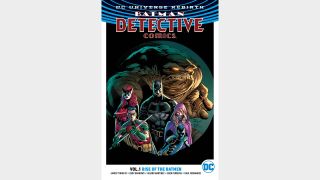
James Tynion IV's approach to Gotham post-"Rebirth" was an interesting one. With most of the shake-up returning various DC heroes to a recognizable status quo, Tynion decided to do something new. In essence, he took the Batfamily and injected it with X-Men-style family dysfunction - and Kate Kane was right in the middle of it, beginning with 'Rise of the Batmen.'
The consummate loner, Kate acted as a great foil to characters who were entrenched in Batman's method of partnership while conversely serving as a great alternative mentor for characters on the team who had doubts about the Dark Knight's methods.
It would take some time for their differing philosophies to come to a head (see our entry on 'Fall of the Batmen') but Tynion very skillfully plants those seeds here.
Hydrology
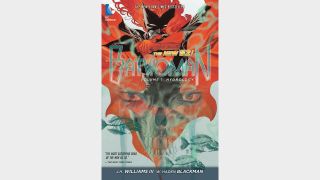
Batwoman wouldn't get a solo series immediately after the success of her Detective Comics appearances, but she would survive the 'New 52' and J.H. Williams III would follow her there - this time as a co-writer with W. Haden Blackman, and alternating arcs with artist Amy Reeder.
The team would immediately pick things up where Rucka and Williams had left off thrusting Kate into a brand new mystery in 'Hydrology' that felt as wholly her own as her battle with her first arch-nemesis, the Lewis Carroll-inspired Alice, was. They introduce Maggie Sawyer as a new love interest and keep Bette Kane, formerly Flamebird, around complete with her own set of problems. The interpersonal drama is palpable with the family feud element remaining a big part of what drives the character.
Williams art is maybe a bit more reined in now that he's pulling some double duty but La Llorona is a great follow-up villain to Alice and Cutter in terms of building out a rogue's gallery that feels specific to Kate. The creative team puts together a very worthy follow-up to Batwoman's initial breakout success.
Elegy
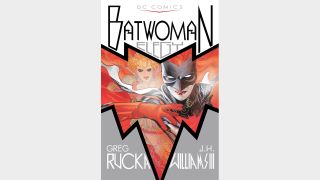
'Elegy' is the most direct inspiration for the Batwoman TV show and still stands up as a powerful foundation for who Kate Kane is.
We saw elements of her backstory explored in 52, Final Crisis, and Crime Bible: The Five Lessons of Blood but 'Elegy' is the first time that we really got to see them expanded on. Greg Rucka also introduces a unique new villain in the Lewis Carroll-quoting Alice that, similar to Batman's rogues relating back to him, ties back to Kate in a significant way.
Meanwhile, J.H. Williams III sets the visual tone for the character with stylish cartooning and inventive layouts. His shadow looms heavy over the character in a way that will take another artist a herculean effort to overcome.
'Elegy' remains the quintessential Batwoman story.
Pierce Lydon has been a contributor to Newsarama for over 10 years, writing everything from reviews to deep dive explainers, to interview pieces and best lists.
